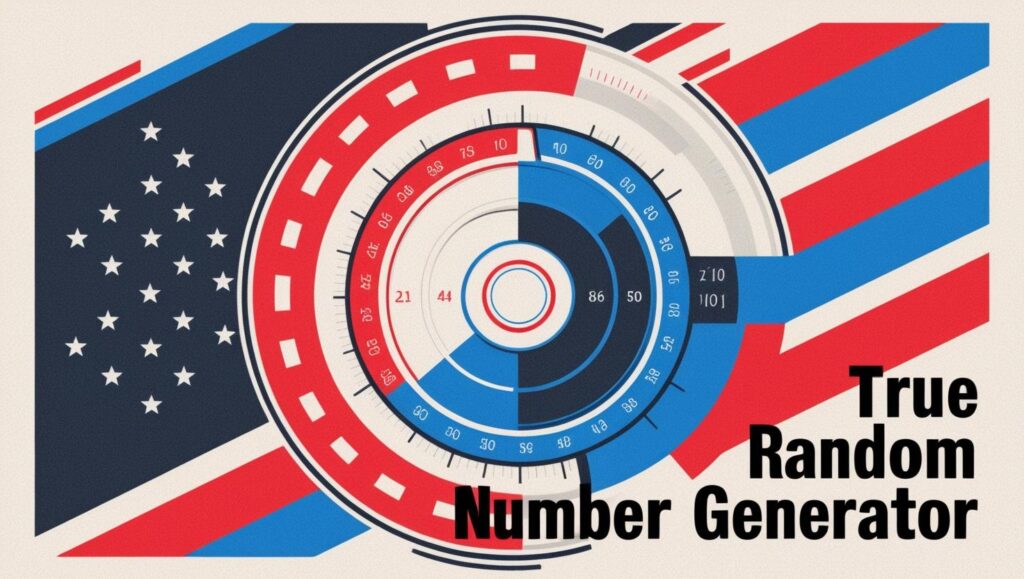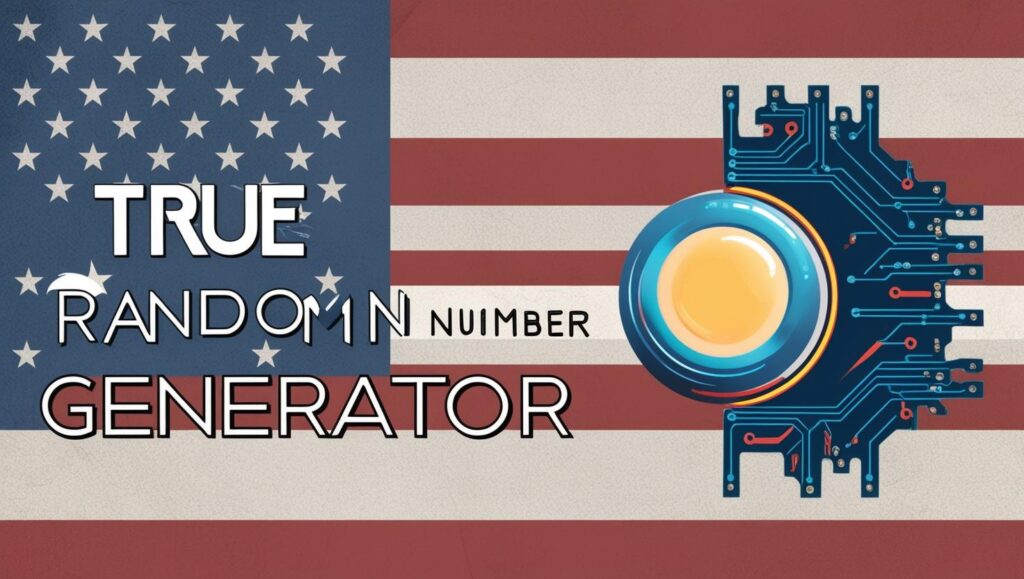The landscape of hardware security has undergone major realignments in the wake of the Trump-era tariffs, which imposed heavy restrictions on Chinese tech imports and reshaped global supply chains. One of the more niche but increasingly critical sectors affected is the True Random Number Generator (TRNG) market. As a foundational technology for cryptography, authentication, and secure computing, TRNGs are essential in everything from secure chips to IoT devices and quantum cryptography.
In post-tariff America, this segment is witnessing a surge of interest, driven by demand for domestically produced secure hardware, increasing cyber threats, and innovation in semiconductor design. Below are 10 emerging opportunities now defining the future of the TRNG market.
1. Domestic Semiconductor Development
Tariffs have accelerated efforts to bring semiconductor fabrication back to U.S. soil. This trend benefits TRNG developers looking to integrate their IP into locally manufactured chips, especially those intended for defense, finance, and critical infrastructure.
2. Quantum-Resistant Cryptography
As threats from quantum computing loom, demand is rising for entropy sources that meet post-quantum cryptographic standards. TRNGs are being re-engineered to provide quantum-resilient randomness, giving rise to opportunities in federal, fintech, and research sectors.
3. Cybersecurity in Consumer Devices
Post-tariff restrictions and a distrust of foreign firmware have prompted OEMs to embed U.S.-certified TRNGs in consumer electronics such as smartphones, routers, and smart home devices. This trend opens the door for new partnerships and domestic licensing deals.
Request Trump Tariff Threat Assessment Analysis Now:
https://www.marketsandmarkets.com/pdfdownloadNew.asp?id=224265452

4. Integration with Secure Elements & TPMs
The need for hardware-based security in endpoints is growing. TRNGs are being integrated directly into Trusted Platform Modules (TPMs), Secure Elements (SEs), and microcontrollers—creating opportunities for TRNG vendors to collaborate with chipmakers and embedded systems developers.
5. U.S. Government & Military Contracts
The U.S. Department of Defense and other federal agencies are prioritizing zero-trust architecture and verified secure components. TRNGs certified under FIPS 140-3 and Common Criteria standards are seeing increased demand in government procurement pipelines.
6. Blockchain & Web3 Infrastructure
Decentralized platforms rely on secure randomness for smart contracts, cryptographic key generation, and lottery mechanisms. Post-tariff distrust in offshore randomness sources is pushing blockchain developers toward U.S.-based TRNG providers for secure entropy.
7. AI Model Protection and Secure Boot
As machine learning models become valuable IP, hardware-based TRNGs are being used in secure boot sequences and encrypted model storage. This is especially relevant for edge AI and autonomous systems in sectors like automotive and robotics.
8. Expansion in Healthcare & Medical Devices
With the proliferation of connected medical devices and digital health records, ensuring data integrity is critical. Certified TRNGs embedded in medical hardware offer an added layer of security, creating space for innovation and regulatory-driven growth.
9. IoT Security Standardization
In the IoT sector, which is notoriously vulnerable to attacks, TRNGs provide secure identities and encrypted communications. As the U.S. and allied nations push for standardized IoT security frameworks, demand for embedded TRNGs is rising sharply.
10. Rise of FPGA & RISC-V Architectures
The shift toward customizable hardware solutions like FPGAs and open-source RISC-V processors presents a prime opportunity for TRNG IP vendors. These platforms often require embedded security primitives—including robust entropy sources—for compliance and trust.

Key Takeaways
Tariffs on Chinese tech have accelerated the demand for U.S.-made TRNGs, especially for secure chip manufacturing and government use.
TRNGs are becoming essential for post-quantum cryptography, secure AI, blockchain infrastructure, and IoT, driving adoption across multiple industries.
U.S. government and defense sectors are prioritizing domestically certified TRNGs, opening doors for vendors with FIPS and Common Criteria-compliant solutions.
Integration of TRNGs into secure elements, TPMs, and embedded systems is expanding, creating new partnerships and product lines for hardware vendors.
Consumer electronics and medical devices are increasingly embedding TRNGs to ensure trusted security, especially amid rising concerns over foreign firmware.
Open hardware platforms like RISC-V and FPGAs present new opportunities for TRNG IP integration, particularly in customizable and edge applications.
TRNG vendors have a strategic window to establish themselves as critical players in America’s push for hardware sovereignty and cyber resilience.